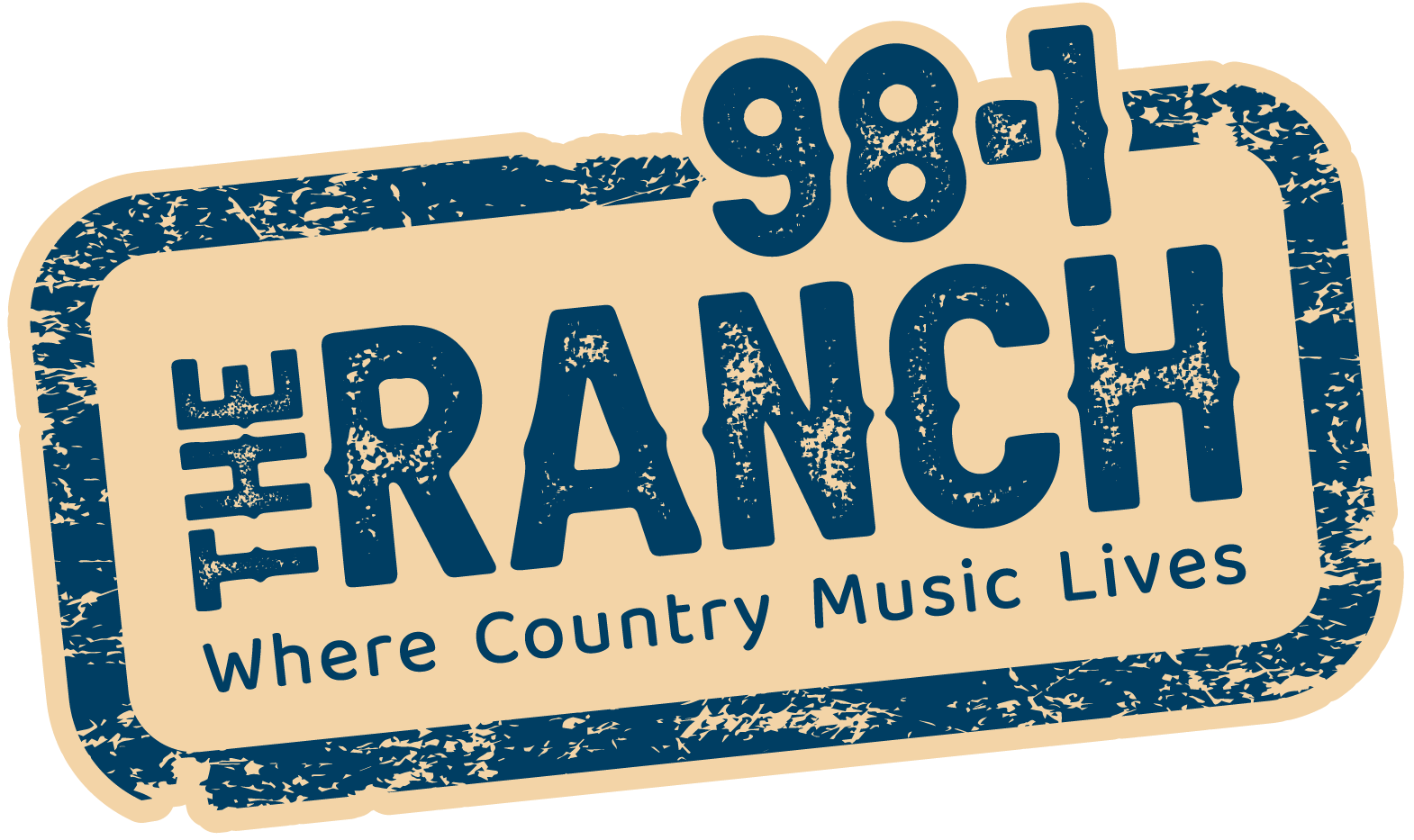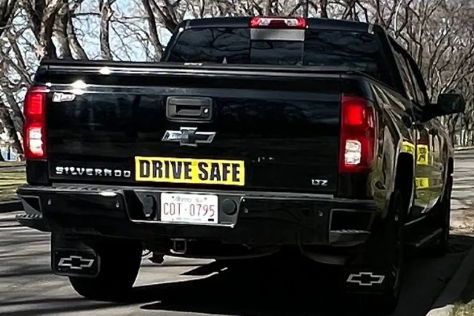Effective Apr. 1, 2025, ticketing on numbered provincial highways will end, as photo radar will be restricted to school, playground and construction zones. Intersection safety devices will also be restricted to red light enforcement only.
The Government of Alberta paused the introduction of new photo radar equipment and locations in 2019.
Lethbridge Police Chief Shahin Mehdizadeh says with traffic revenues collected in Lethbridge through the City of Lethbridge’s Automated Traffic Enforcement program, revenues don’t go to the police service. “They go directly to the City. With any traffic enforcement and revenues collected, usually there’s a split between the portion going to the province and a portion going to the municipality. In Lethbridge, all the money collected goes towards more traffic safety initiatives, but that doesn’t become part of the police budget.”
“It won’t impact the police service, but it will impact the money that’s generated for the City and also the province,” he notes.
According to Mehdizadeh, police chiefs across the province are disappointed with the process involved in determining the removal of photo radar on numbered provincial highways. “The decision is made and we’ll have to move forward with it.”
“We have very clear evidence. I know the chiefs of the larger cities, they’re provided with much more compelling evidence in their problem areas. Over the years, they’ve been able to minimize collisions, fatalities and injury collisions,” he adds. “But in Lethbridge, we’re also seeing the same thing at a smaller scale.”
All the police services in Alberta, Mehdizadeh explains, are trying to make the streets safer and enhance public safety. “With this decision, there’s going to be less of that.”
“It’s much safer, for not only police officers, but for citizens where they don’t have to be pulled over. Now, that we’ve lost that opportunity, we have to try and augment that through using police officers to hit that mandate. We do not have the capacity to do that. We don’t have the capacity to have police officers in these locations to monitor traffic,” he says. “As a result, we’re most likely going to see speeds increasing and driver behaviour changing for the worse, which is going to ultimately impact the safety of residents.”
With money generated through ATEs and photo radar, from 2021 to 2022, there was a 26 per cent decrease in generated income. In 2023, there was an additional 12 per cent reduction.
“That shows speeds were reducing and less people were speeding. This is clear evidence these devices are doing the work they were designed to do – reducing speed and keeping our citizens safer on the street,” says Mehdizadeh.
When looking at the reduction in revenue for the City, the City still has expenses.
“If the costs are going high and revenue isn’t coming in, the only way to generate that revenue would be through increasing taxes,” Mehdizadeh notes. “All of us would have to pay for the choice of a very few who choose to speed.”
Municipalities will also be able to request the province approve additional photo radar locations on an exceptional basis, for high collision areas and where other safety measures cannot be implemented effectively.
Municipalities will be encouraged to use traffic-calming measures to improve traffic safety, including speed warning signs, speed tables (large flat speed bump), public education campaigns and other tools designed to improve traffic safety. The province will also help make roads safer by providing municipalities with support to reengineer roads and intersections that have been proven to be unsafe.
Another thing for drivers to consider is with Alberta’s mandatory alcohol screening provisions police officers are authorized to demand a breath sample from any driver lawfully pulled over. A driver who refuses to provide a breath sample can be criminally charged.
With respect to demerit points, there are none with automated enforcement tickets, but upon conviction with a conventional ticket, a driver faces demerit points. Accumulation of demerit points can impact a driver’s insurance premiums. If a driver receives 15 or more demerit points within a two-year period, their licence will be suspended for one month. Subsequent demerit suspensions result in increased suspension periods.







